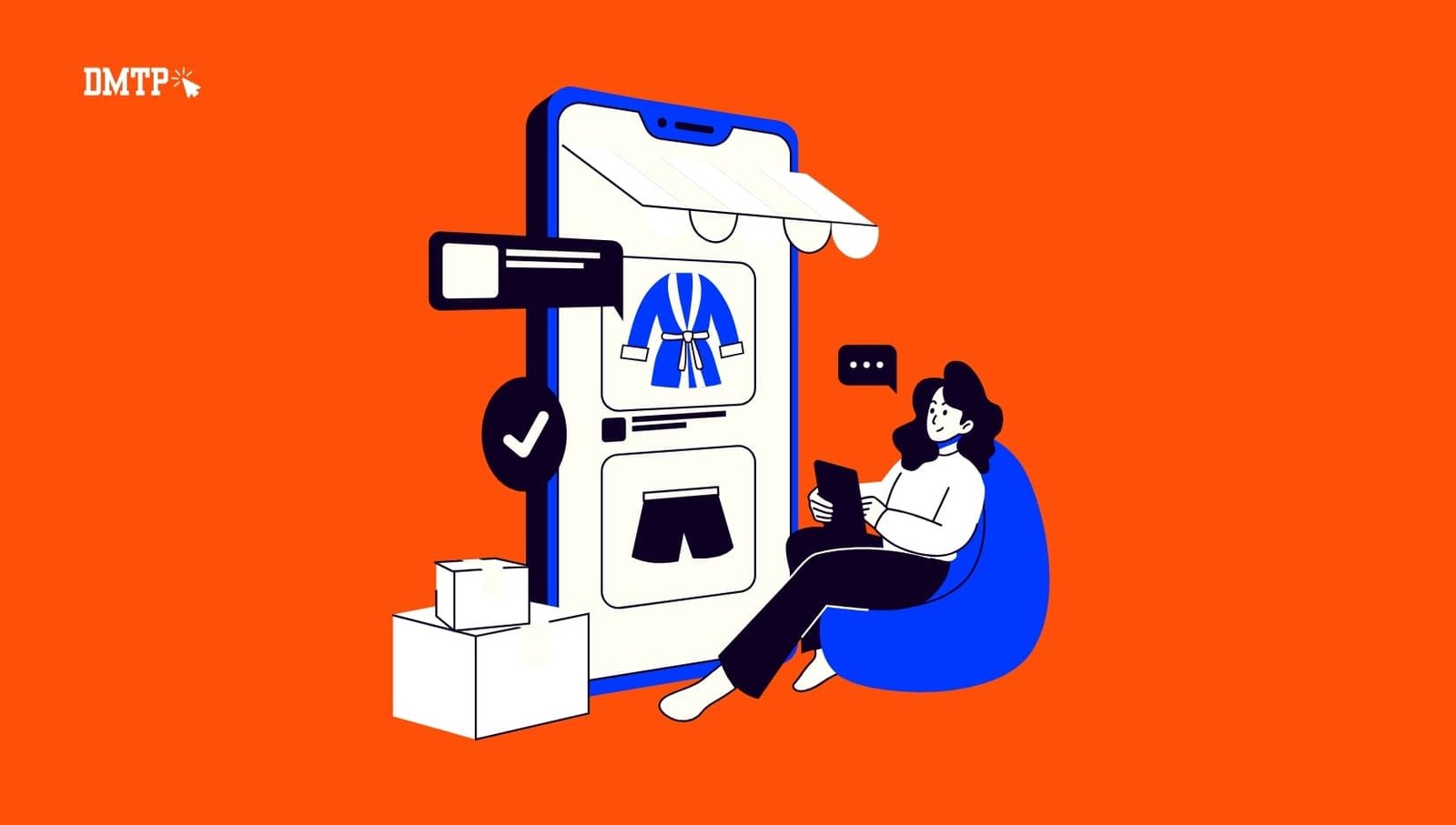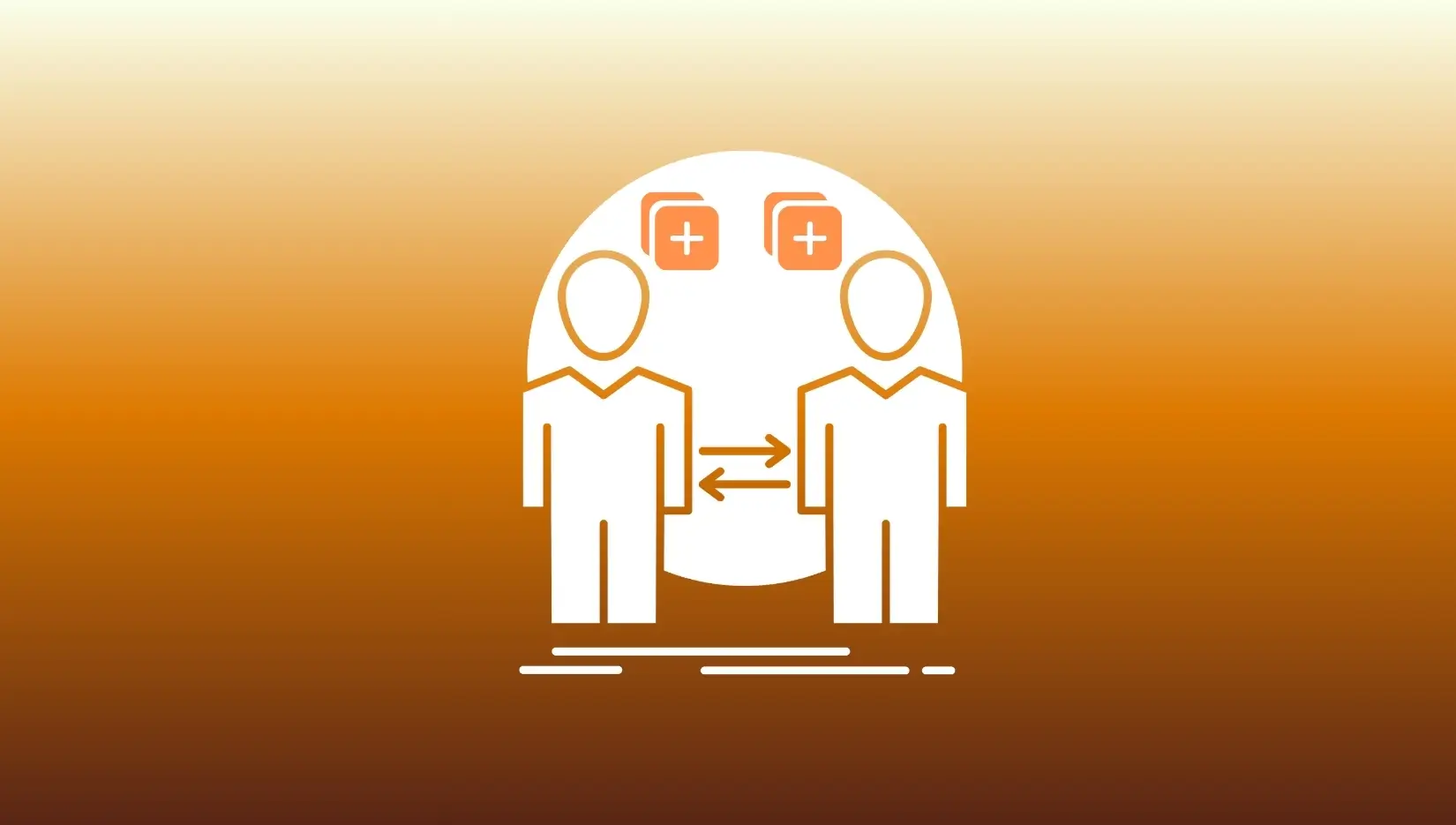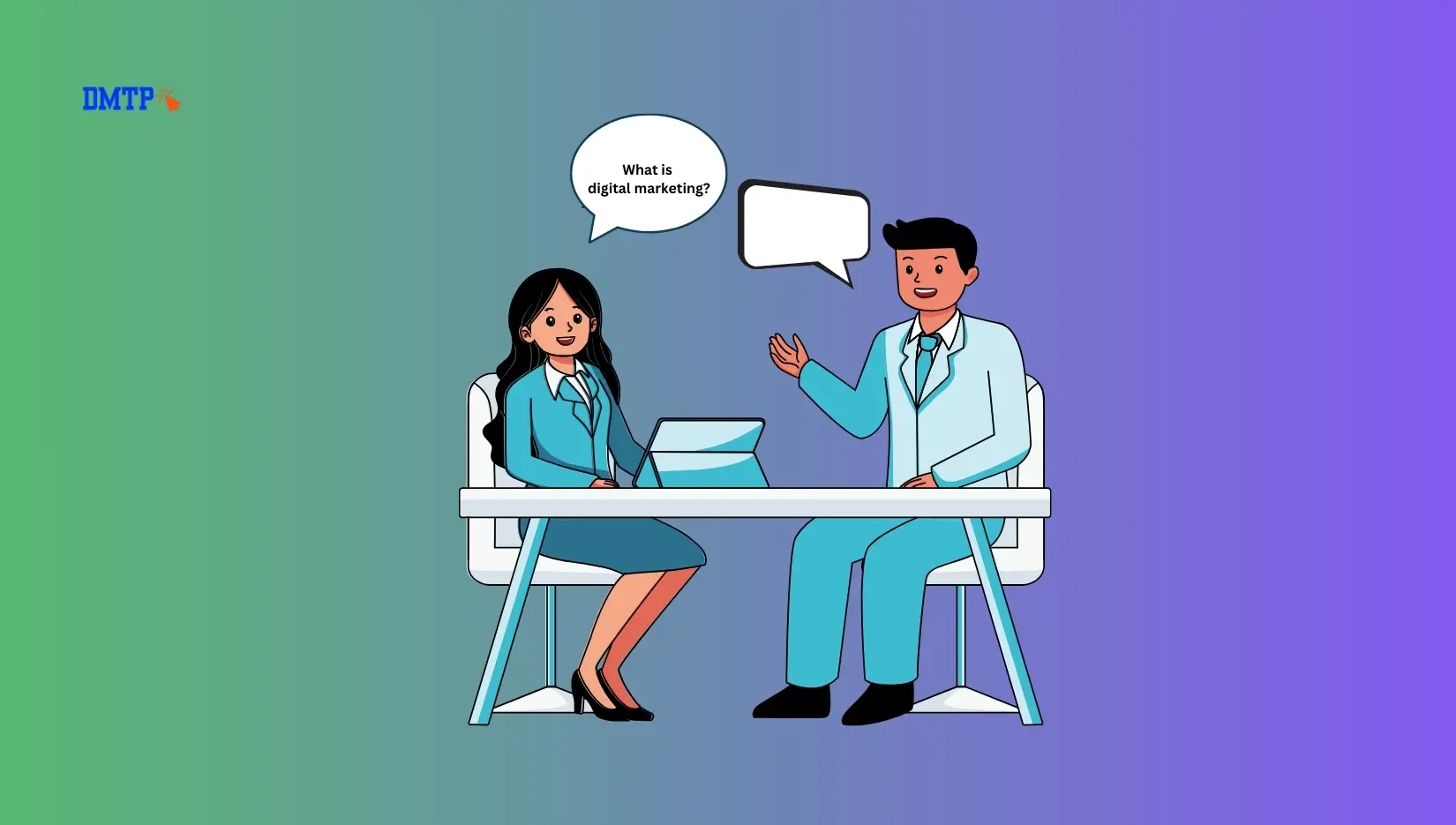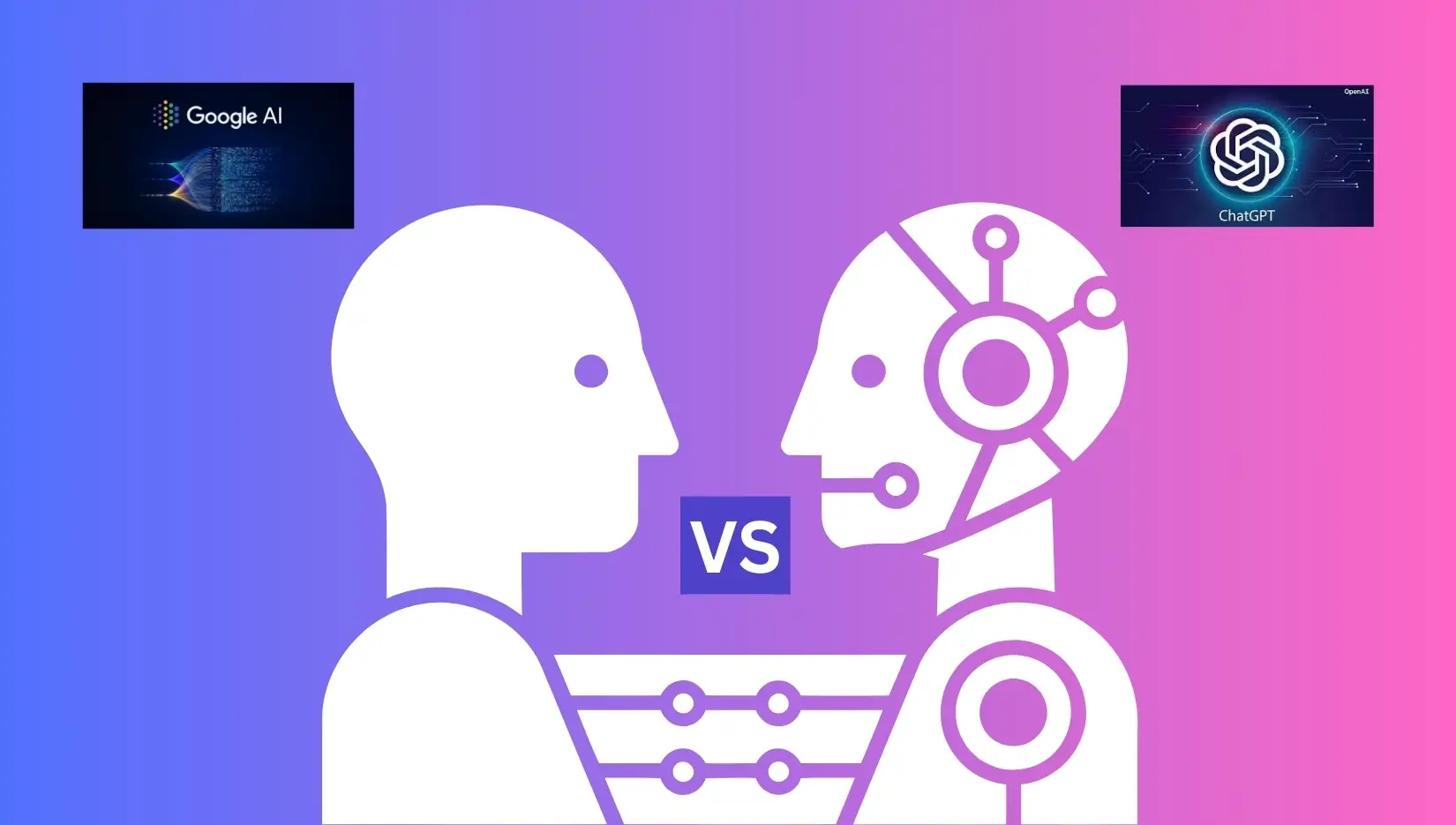Beginning an E-commerce business in 2025 may seem daunting, but it doesn’t have to be. The market is growing, tools are more powerful than ever, and with automation and AI, solo founders can now do what once took a full team.
The real challenge? Not knowing the best way to start an eCommerce business—especially with so much outdated and noisy advice out there. This guide cuts through the clutter. No nonsense, no theory—just the specific steps, tools, and strategies you need to launch and grow your eCommerce business this season.
Why E-commerce Business in 2025?
The numbers speak for themselves:
- Worldwide sales of e-commerce Business are expected to exceed $6.3 trillion by 2025 ( Statista, 2025).
- More than 65percent of shoppers nowadays prefer shopping online instead of in-store shopping ( Forbes, 2025).
- AI, AR and automation can lower the cost of starting and reducing manual work.
What would have taken months of coding, warehouse and even marketing, can now be accomplished in a weekend with the proper plan.
Step-by-Step: How to Start an E-commerce Business in 2025
1. Choose Your Business Model
There’s no standard-fit-all solution. Choose a product that suits your needs budget, preferences, and needs:
| Model | Description | Investment | Risk Level |
|---|---|---|---|
| Dropshipping | Sell inventory without holding it | Low | Low |
| Print-on-Demand | Custom printed items are made per purchase | Low | Low |
| Private Label | Sell your own products under your brand name | Moderate | Medium |
| Wholesale | Buy in bulk, then sell at a retail price | High | Medium |
| Digital Products | Sell eBooks, courses Templates, eBooks, and courses | Very low | Low |
A tip for you: Start with dropshipping or printing-on-demand to evaluate the demand at a low risk. It is possible to move to a private label after you have established your area of expertise.
2. Validate Your Product Idea
Do not skip this step. Selling the wrong product to the right people leads to burnout and not revenue.
How do I verify:
- Search for demand for products with Google Trends and Ubersuggest.
- Monitor competitors by through the Sell the trend, Jungle Scout and Koala Inspector
- For potential customers, ask them questions to join on Reddit, Quora, or Facebook Groups
- Check out Amazon reviews to identify issues or gaps in the current products
What should you look for:
Demand for high-quality products, low-to-medium competition and clearly defined problems with customers that you can address.
3. Pick the Right E-commerce Business Platform
Your website for e-commerce serves as your online storefront. Here’s a list of the best platforms for 2025:
| Platform | Best For | Pros | Cons |
|---|---|---|---|
| Shopify | All levels | Simple to use, tons of applications | The monthly fees add up |
| WooCommerce | WordPress users | SEO friendly, full control | Additional setup is required |
| BigCommerce | Scaling brands | Tools that are scalable, built-in and scalable | Not as beginner-friendly |
| Sellfy | Digital products | Fast set-up | Limited design options |
Quick Tips If you’re starting out and you want to start your business quickly choose Shopify. It’s easy to use and offers everything you’ll require to test your ideas.
4. Set Up Your Store (The Smart Way)
It’s time to start getting hands-on. Don’t be too ambitious, but aim at an initial launch.
The essentials of HTML should include:
- A website that is geared towards your ideal client
- Pages with high-quality photos and benefits-driven descriptions
- A clearly defined benefit offer (why should someone purchase your products?)
- A section on trust (reviews questions, FAQs, secure checkouts etc.)
- Contact and About pages to build credibility
Tools to help streamline the process:
- Canva to create banners and product images
- The Loox as well as Judge.me for social proofs or reviews
- PageFly (Shopify) for no-code drag-and-drop design
- AI Copy tools (like ChatGPT or Copy.ai) for composing product descriptions
5. Set Up Payments, Shipping & Legal
Prior to going live, be sure to plan the details:
- Payment Gateways PayPal, Stripe PayPal Local, as well as local options based on the country you are in.
- Shipping Use tools like Shippo or Easyship or depend on your dropshipping provider
- Legal Pages Make a privacy policy as well as a return policy and the terms of service (Shopify offers free templates)
Do not overlook to review the local tax requirements, particularly when you’re selling internationally.
6. Launch & Promote Your E-commerce Business
Create it and they’ll arrive? Not quite. It is important to drive with a purpose.
Marketing channels that work to 2025:
- TikTok and Instagram Reels Create humorous, short, or helpful product demonstrations
- SEO-related Blogging Focus on long-tail terms that relate to your field of expertise
- E-mail Marketing Make use of an incentive (discount or freebie) to increase your email list
- Partnering with Influencers: Work with micro and micro-influencers in order to build momentum
- Google Shopping Ads Excellent for fast conversions of popular products
Utilize the analytics (like Google Analytics 4 and Meta Ads Manager) to monitor what is working and then double up.
How Emerging Tech Is Reshaping E-commerce Business in 2025
Automation and AI aren’t only buzzwords; they’re also business boosters.
Here’s how successful entrepreneurs of e-commerce are making use of AI to grow their businesses in the year 2025.
| Area | AI Tools & Trends |
|---|---|
| Product Research | ChatGPT for niche discovery, Koala AI |
| Content Creation | Jasper, Copy.ai for product descriptions, blog posts |
| Customer Support | AI chatbots, such as Tidio or Gorgias |
| Image Generation | The Midjourney and Canva AI for advertising and mockups of products |
| Personalization | AI tools that provide smart product suggestions |
Real-world example:
A Shopify seller operating in the pet market made use of ChatGPT to create thirty blog blogs, Canva AI to create advertisements and ManyChat for automated customer service, boosting sales by 42% within three months.
FAQs About Starting an E-commerce Business in 2025
1. How can I begin an e-commerce Business company without cash?
Begin with dropshipping or using digital items to minimize the cost of inventory. Utilize free tools such as Canva, Sellfy, and ChatGPT to create and market your online store.
2. What are the top products that can be sold online in 2025?
The most popular products for 2025 include eco-friendly items AI devices, pets equipment as well as home fitness products and specialized print-on-demand items. Make use of tools like the Exploding Topics as well as Amazon Movers & Shakers to keep up-to-date.
3. Do I have to start registering my company right away?
It’s all dependent on the location you reside in. Many entrepreneurs try their ideas prior to registering, but be sure to verify the local laws in order to prevent issues in the future.
4. How long will it take to complete an initial sale?
Some e-commerce business sellers can see results within the first week, if they’ve done a good job with their marketing. On average, anticipate 30-90 days for steady sales if you’re involved and taking classes.
5. Can I operate an e-commerce business part-time?
Absolutely. Many successful E-commerce businesses started out as with a part-time job. Automatization tools and outsourcing make it easier to run your business while working the demands of a full-time occupation.
Final Thought:
Beginning an E-commerce Business online business in 2025 does not require an education, a large budget nor Silicon Valley connections. It’s about action, clarity and a willingness to try and improve. With the right mindset and tools the online store you have created could be the next major success story.
Also Read: How to Start an Online Business in 2025












